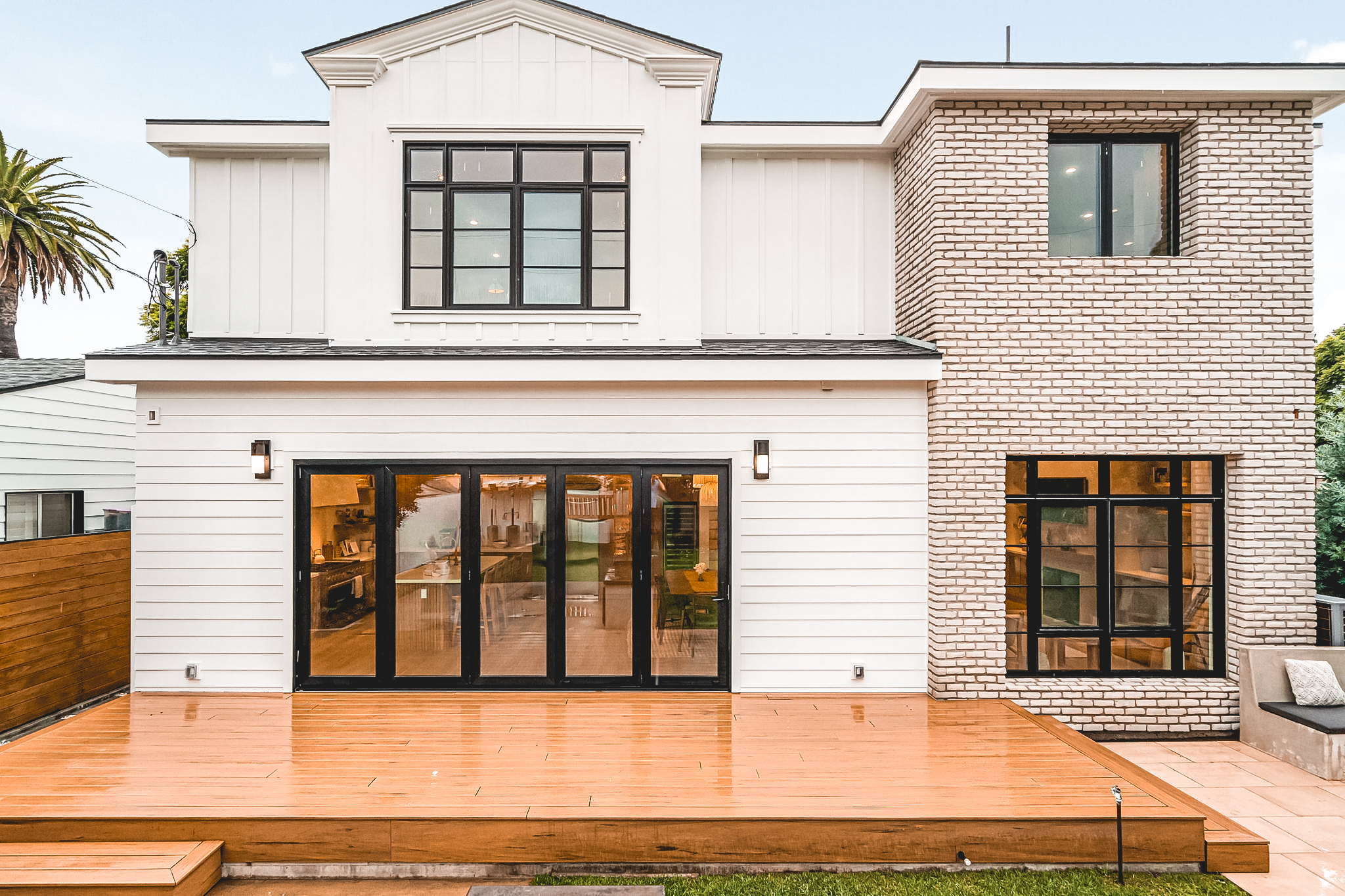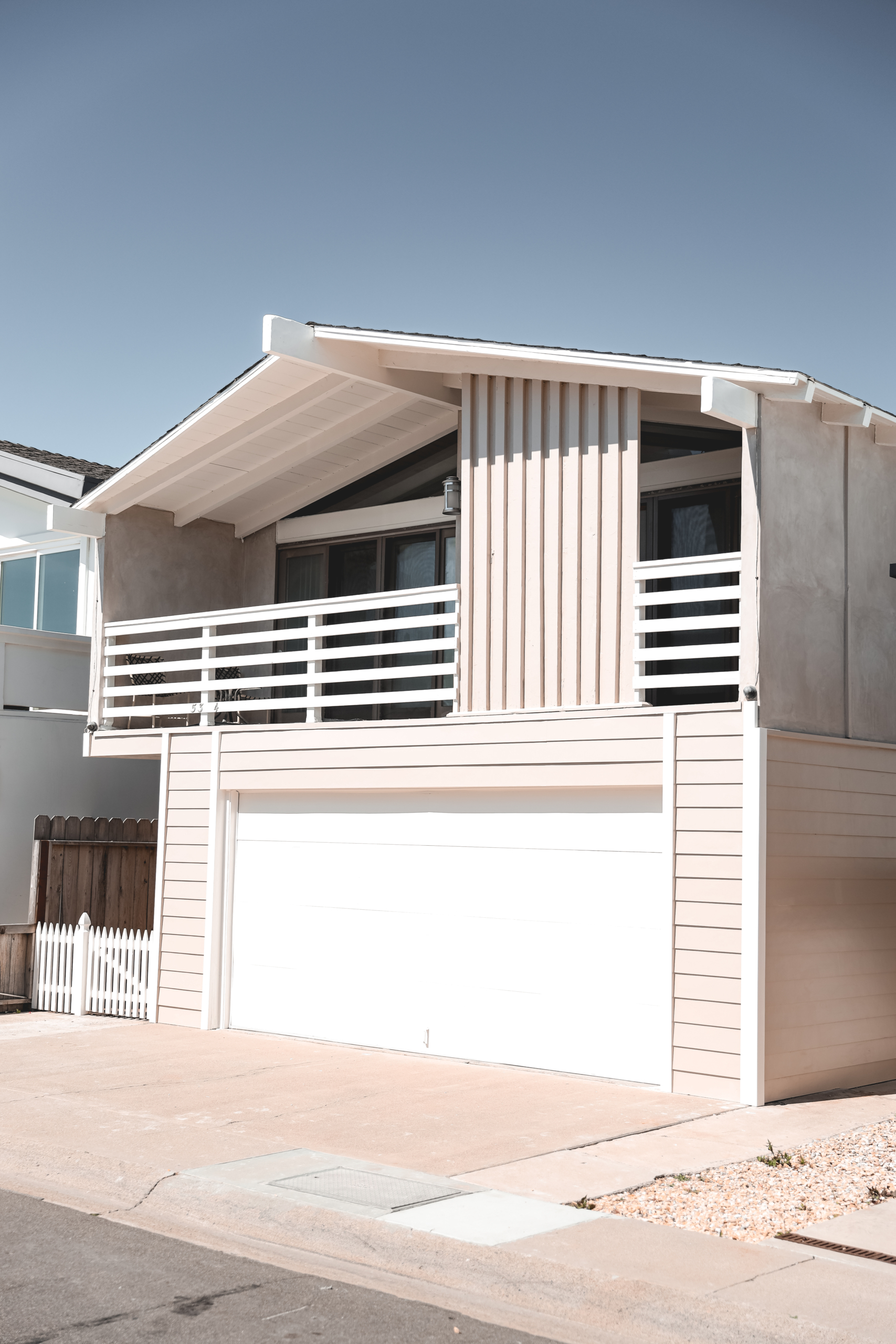Eco-friendly building practices are rapidly transforming the real estate landscape in California. As environmental concerns become more pressing, the construction industry is embracing sustainable methods that reduce environmental impact and promote energy efficiency. This shift towards eco-friendly building is not only beneficial for the planet but also for homeowners and investors who are increasingly prioritizing sustainability.
The Rise of Eco-Friendly Building Practices
The rise of eco-friendly building practices in California can be attributed to several factors. The state has long been at the forefront of environmental legislation, with strict building codes and incentives promoting green construction. Additionally, there is growing consumer demand for homes that are both environmentally responsible and cost-effective in the long run.
Sustainable Materials and Techniques
One of the most significant changes in the industry is the use of sustainable materials and construction techniques. These include:
- Recycled and reclaimed materials: Using recycled steel, reclaimed wood, and other materials reduces the need for new resources and minimizes waste.
- Low-impact construction methods: Techniques such as modular construction and prefabrication can significantly reduce the environmental footprint of building projects.
- Green insulation: Insulation made from recycled materials, such as cellulose or denim, offers an eco-friendly alternative to traditional fiberglass insulation.
Energy-Efficient Systems
Eco-friendly buildings are designed to be energy-efficient, reducing both energy consumption and costs. Key components include:
- Solar panels: Harnessing solar energy reduces reliance on fossil fuels and can significantly lower utility bills.
- Energy-efficient windows and doors: Proper insulation and energy-efficient windows can prevent heat loss in winter and keep homes cool in summer, reducing the need for heating and cooling systems.
- Smart home technology: Integrating smart thermostats, lighting, and appliances helps optimize energy use and improve overall efficiency.
Environmental Impact of Eco-Friendly Buildings
Eco-friendly building practices have a profound impact on the environment. By reducing waste, conserving resources, and lowering emissions, these practices contribute to a more sustainable future.
Reducing Carbon Footprint
The construction industry is a major contributor to greenhouse gas emissions. Eco-friendly buildings help mitigate this by:
- Minimizing waste: Efficient construction techniques and the use of recycled materials reduce the amount of waste sent to landfills.
- Lowering energy consumption: Energy-efficient buildings require less energy for heating, cooling, and lighting, resulting in lower carbon emissions.
- Promoting renewable energy: Solar panels and other renewable energy systems decrease dependence on fossil fuels.
Conserving Water
Water conservation is another critical aspect of eco-friendly building. Sustainable practices include:
- Low-flow fixtures: Installing low-flow toilets, faucets, and showerheads reduces water usage without compromising performance.
- Rainwater harvesting: Collecting and using rainwater for irrigation and other non-potable uses can significantly reduce water demand.
- Drought-resistant landscaping: Choosing native plants and implementing xeriscaping techniques minimizes the need for irrigation.
Financial Benefits of Eco-Friendly Buildings
Investing in eco-friendly buildings can offer significant financial benefits for homeowners and investors. While the initial cost of sustainable construction may be higher, the long-term savings and increased property values often outweigh these expenses.
Lower Operating Costs
Eco-friendly homes are designed to be energy-efficient, which translates to lower utility bills. For example:
- Solar energy: Homeowners with solar panels can save thousands of dollars over the lifespan of the system by reducing or even eliminating electricity bills.
- Energy-efficient appliances: Using ENERGY STAR-rated appliances can save homeowners hundreds of dollars annually in energy costs.
- Smart home systems: Automated systems that optimize energy use can lead to substantial savings.
Increased Property Value
Homes built with eco-friendly practices are becoming increasingly desirable in the real estate market. Benefits include:
- Higher resale value: Studies have shown that green homes can sell for up to 9% more than traditional homes.
- Faster sales: Eco-friendly homes often sell faster than non-green homes due to growing consumer demand.
- Market appeal: Features such as solar panels, energy-efficient systems, and sustainable materials are attractive to environmentally conscious buyers
Eco-friendly building practices are revolutionizing the real estate industry in California. By embracing sustainable materials, energy-efficient systems, and innovative construction techniques, builders can reduce environmental impact and create homes that are both environmentally responsible and financially beneficial. As consumer demand for green homes continues to grow, the future of eco-friendly building looks bright, promising a more sustainable and prosperous real estate market for California and beyond.


